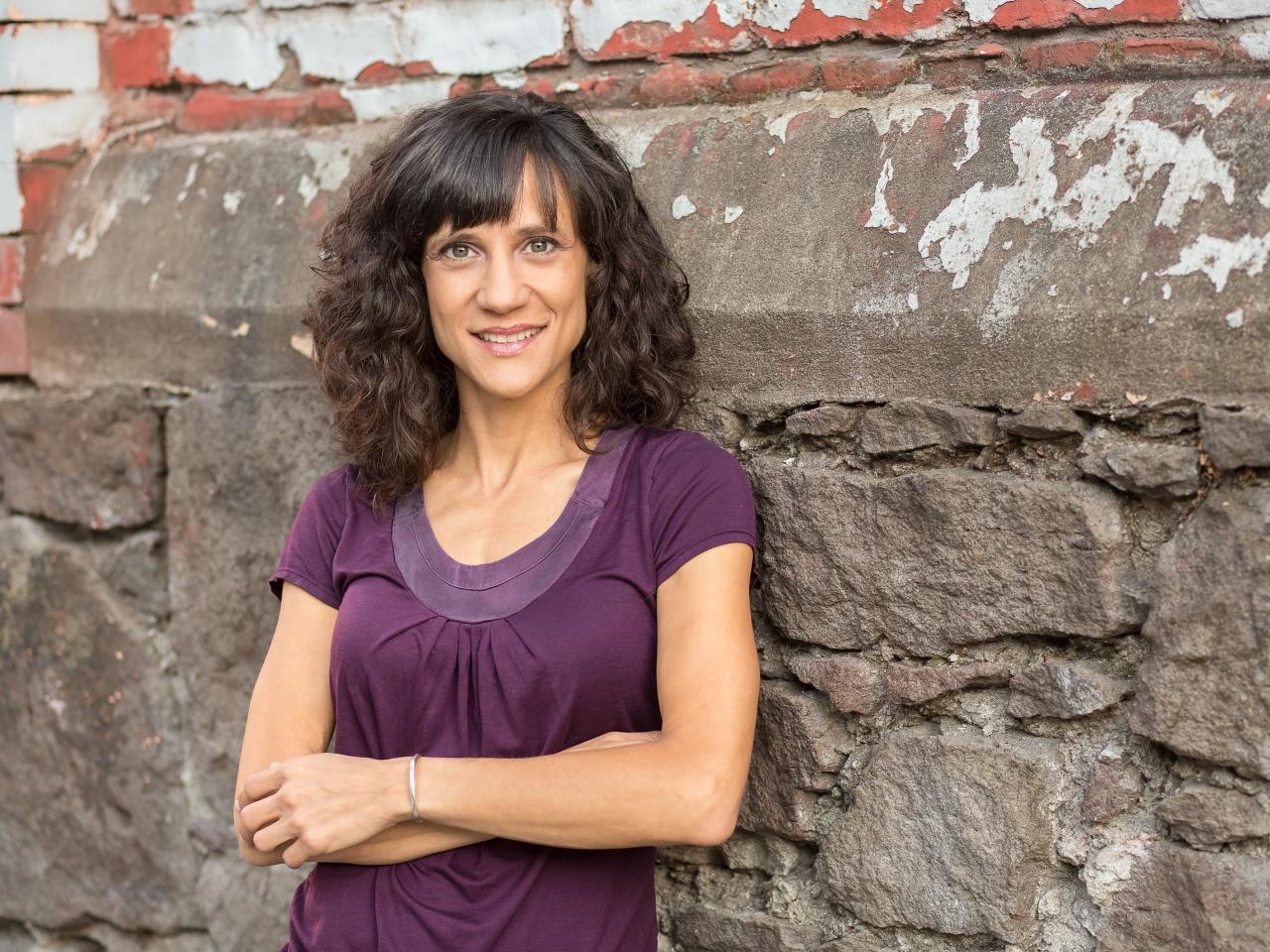Meet New Day: Cheryl Green

Who Am I To Stop It asks hard questions about life with acquired disabilities from traumatic brain injury (TBI). As an artist with traumatic brain injury myself, I wanted to know if other people like me felt isolated and abandoned after brain injury, and whether they felt that people understood their art better than they understood the person.
I ask audiences to move away from the usual TBI storyline of tragedy to rehabilitation to inspiration. Instead, I ask them to let go of the urge to indulge in graphic descriptions of injury and impairment and come with me for conversations around identity, sexuality, loneliness, depression, poverty, and stigma. Nothing is cut and dry, nothing purely positive or negative. The film shows how peers with TBI are interdependent, creative, fabulous people with agency and richly complex identities.

Three artists with traumatic brain injury from Who Am I To Stop It
Making the film was an accident. Back in 2012, I still wasn't very clear-headed. I signed up for a crowd-funding platform without realizing I had to have a project to fundraise for. When someone called and asked what my proposed project was, words came out of my mouth saying that I would be making a documentary about TBI survivors who use the arts for every reason except art therapy. And then I made it. Because I'm very literal, and I said I would. I wholeheartedly endorse art therapy. But it was important for me, as a member of a proud disability community, to counter the public belief that peers with TBI are all patients for life, and that everything we do is focused on eliminating or avoiding disability. The most beautiful thing for me is how many people at screenings tell me that they saw themselves on screen or saw their family member shown without any sensationalism or objectification. I've had audience members crying, saying they thought they were alone in their experiences of impairment and isolation until the screening. Other TBI survivors have said that just like the people in the film, art saved their lives. Learn more about Cheryl and her work.